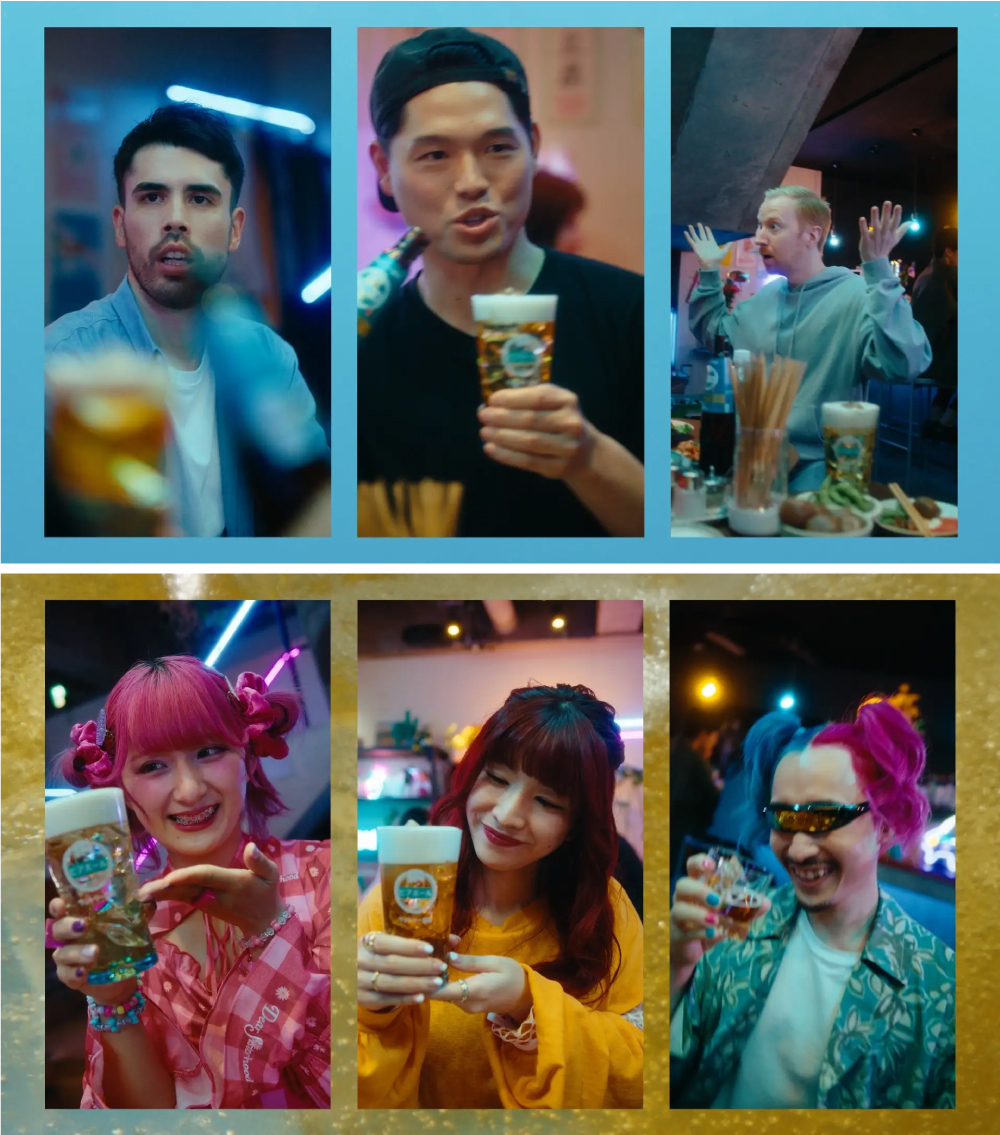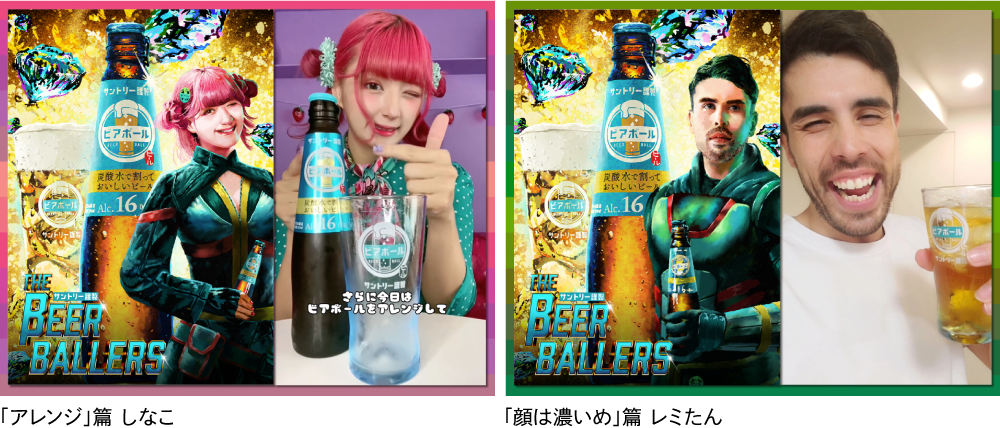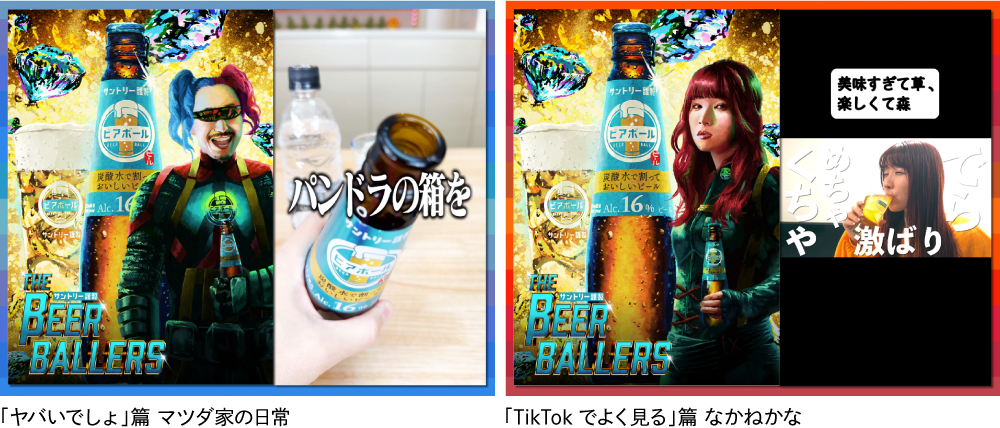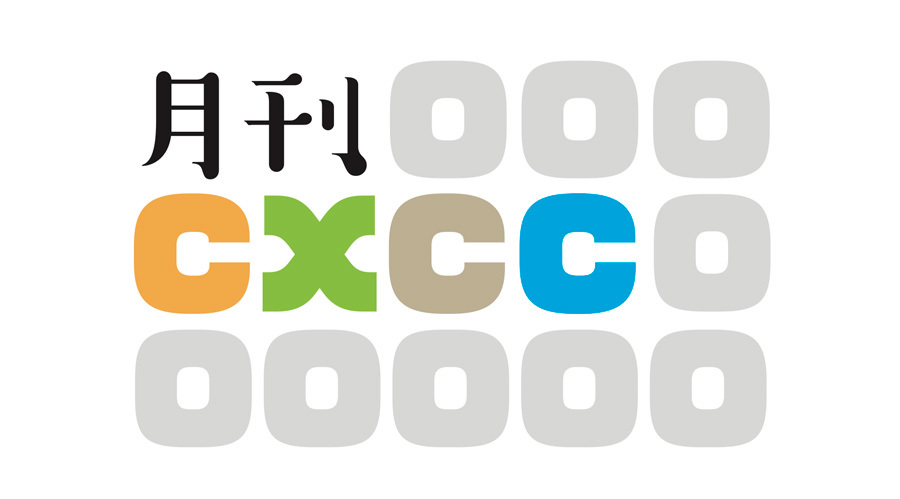CX (Customer Experience) continues to evolve daily.
How can Dentsu Inc.'s creative team contribute to the CX domain, now demanded in every scenario?
To explore this potential, members of Dentsu Inc.'s CX specialist unit, the "CXCC" (Customer Experience Creative Center), share insights on CX and creativity in this series. This is "Monthly CX" ( For more on Monthly CX, click here ).
This time, we spoke with Mr. Yutaka Takiguchi, who led the "Suntory Beer Ballers" project—a campaign targeting Gen Z and Millennials (MZ) aiming for "TikTok virality," executed by a collective of TikTok star creators.
Amidst the widely acknowledged high difficulty of advertising promotions targeting Gen Z and Millennials' consumption behavior, the "Suntory Beerballers" campaign reportedly succeeded in reaching this demographic, generating significant buzz shortly after launch. What factors contributed to this success?
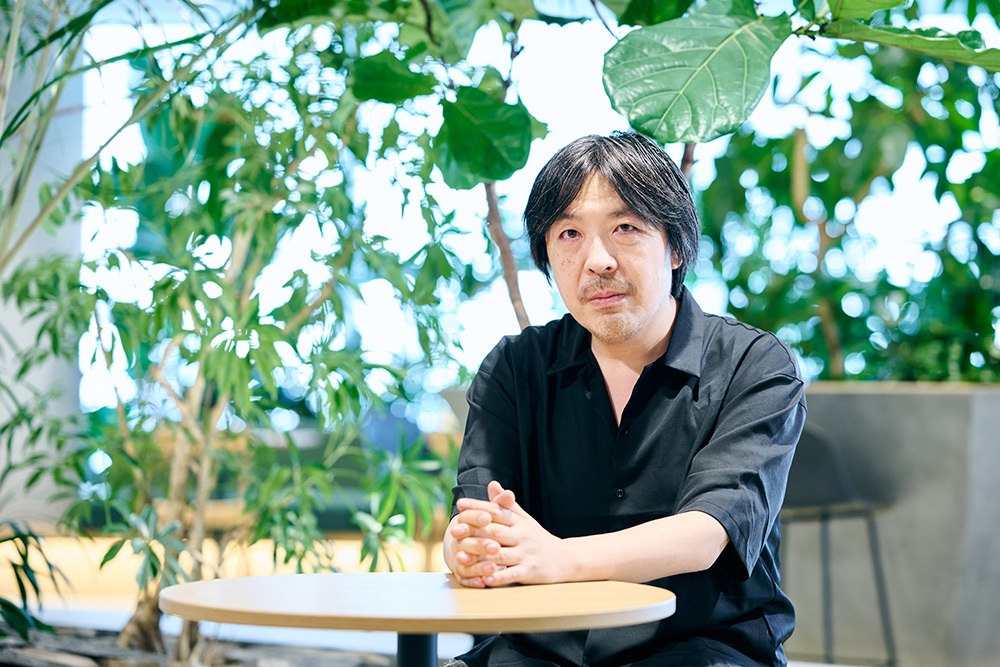
[Profile of Mr. Yutaka Takiguchi]
Dentsu Inc.
Customer Experience Creative Center
Creative Director
After handling global marketing and activation planning for IN-OUT at his previous company, he joined Dentsu Inc. Winner of numerous awards including Cannes Lions, ADFEST, Clio, and ACC. Development Director for the general incorporated association "Robot Supporters." Though a returnee from Germany, his specialty dish is paella.
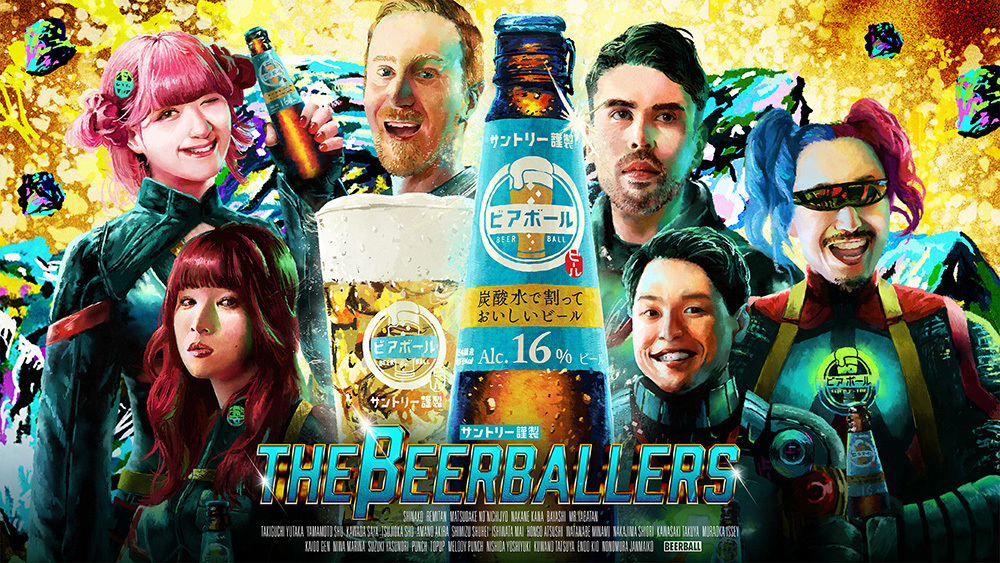
Clockwise from bottom left: Kanane Kana, Shinako, Mr. Yabatan, Remi-tan, Mina Seki (Daily Life of the Mazda Family), Bayashi
【Beer Ballers】
Six TikTok creators popular with Gen Z gathered for the campaign of "Beer Ball," a free-spirited beer made with carbonation. The campaign unfolded through a combination of posts on their personal accounts, ad placements on the Suntory account, and a web commercial featuring the entire group. #BeerBall videos surpassed a total of 86 million views within three months of release.
Six creators with high recognition among Gen Z were selected to form a collective of star TikTok creators
Monthly CX: What was the "Suntory Beer Ballers" campaign for Beer Ball?
Takiguchi: This project was a TikTok-based promotion launched simultaneously with Beer Ball's release on November 15, 2022. Its goal was to expand product awareness among the MZ generation and convert that awareness into actual consumption.
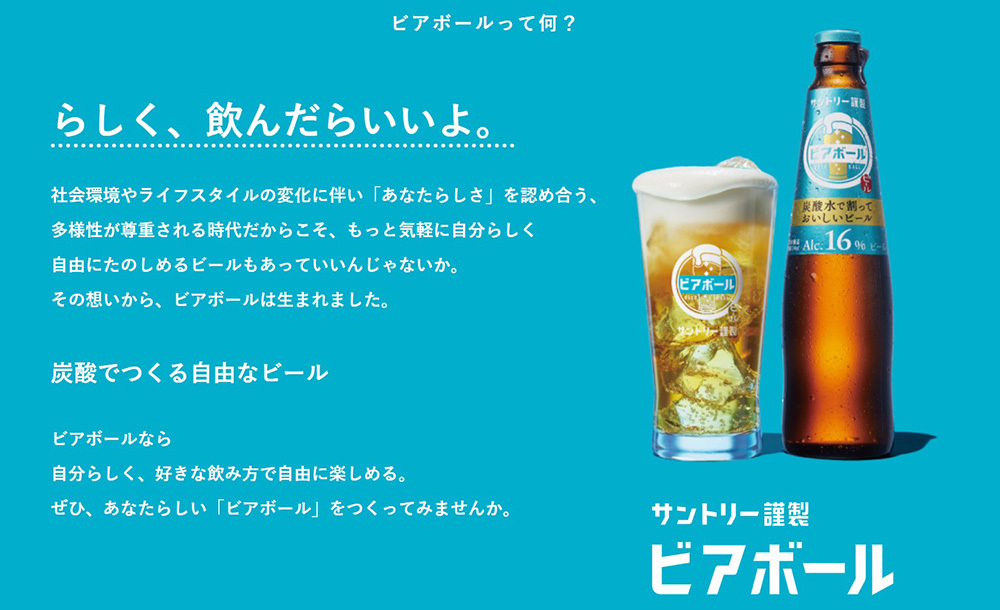
Beer Ball is a free-spirited beer made with carbonated water. You can freely adjust its strength by mixing carbonated water with the concentrate, allowing anyone to customize it to their preferred taste. It embodies the essence of an alcoholic beverage that combines the best aspects of beer and highballs. We believe it's a product that perfectly matches the younger generation, who are increasingly moving away from traditional beer, and the MZ generation, who place value on new experiences over the product itself. To effectively convey the appeal of Beer Ball—already novel and liberating—to its target audience, we developed the "Suntory Beer Ballers" communication framework.
For the campaign, we gathered six leading TikTok influencers to form a TikTok Star Creator collective. They produced web commercials and created promotional posts across their individual accounts.
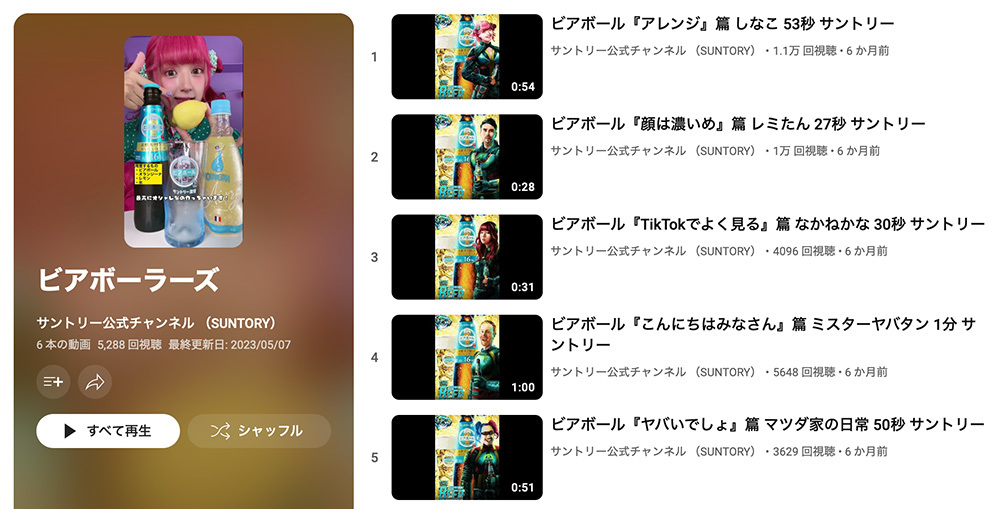
*Click the image to watch the video
Monthly CX: So the web commercial features all six influencers together.
Takiguchi: Yes. We felt that individual posts alone couldn't fully convey the sense of having assembled such a powerhouse lineup. So, for the web commercial, we created a scenario where all six gather at a neo-style izakaya to enjoy beer balls. The campaign ran at the end of 2022, a time when real-life year-end parties were just starting to make a comeback. We thought that seeing this flashy group of people together, drinking, would look incredibly fun.

Beer Ball "Beer Ballers Grand Gathering" Edition
The scene where everyone toasts with their respective Beer Balls perfectly captures the symbolic product trait: a beer you can customize to your taste.
For individual account posts, we asked creators to freely express in their own videos how they would enjoy this Beer Ball. Including the "Beer Ballers Grand Gathering" episode, these #BeerBall videos have garnered over 86 million total views within three months of release.
Instantly Trending After Launch! Why It Resonated with the MZ Generation
Monthly CX: We hear the Beer Ballers campaign received extremely high praise from various quarters. What do you think were the reasons for this?
Takiguchi: Above all, I believe it was because sales were strong right after the product launch. In terms of communication, various factors aligned, creating a situation where all the pieces seemed to fit perfectly immediately after launch.
Of course, the TikTok promotion aimed at stimulating Gen Z/Millennial consumption likely contributed too. Regarding the web CM, despite being an ad, it garnered many positive comments like "This is truly TikTok's strongest group," "Getting this lineup together," and "First time I watched an ad all the way through." I believe capturing TikTok users' insights effectively led to this positive evaluation.
Monthly CX: So, in a way, achieving a "TikTok-driven sales surge" is what led to such high praise. What do you think were the reasons behind achieving these results?
Takiguchi: I believe it stems from Suntory's product strategy, specifically adopting promotions focused on targeting the MZ generation. Since the product development intent was clear from the outset, we only needed to design strong, effective communication and creative tailored for the MZ generation. This allowed the product strategy and campaign direction to align seamlessly.
Monthly CX: So, knowing the methodology behind "TikTok-driven sales" was key to achieving results.
Takiguchi: I believe "TikTok sales" occur when a product possesses undiscovered potential, and someone skillfully uncovers and leverages that positive insight. Fundamentally, it's an organic phenomenon, and deliberately triggering it is extremely difficult. However, this time, we researched the TikTok sales mechanism together with the Suntory team and launched the "Beer Ballers" project with that goal in mind. While this promotion alone wasn't the sole factor, as mentioned earlier, it's gratifying that the product's strong sales are the result of everything coming together positively.
Monthly CX: So it's not that using a definitive method will sell anything; the product itself needs potential.
Takiguchi: Exactly. During our study sessions with Suntory about TikTok sales, they suggested, "This unique product has the potential to achieve that," referring to Beer Balls, which were scheduled for general release six months later.
Monthly CX: So Beer Ball had that potential.
Takiguchi: When I tasted it, I immediately thought, "This can work." You can adjust the strength and flavor to suit anyone's preference, and there's the fun of the DIY experience. Fundamentally, it's just a really delicious beverage. I'm actually not a heavy drinker, but Beer Ball has such a smooth mouthfeel that I found myself saying exactly what I wanted the MZ generation to feel: "Wow, beer is actually delicious!" (laughs). Realizing its high potential also made me feel the pressure to deliver results through communication.
To grasp each influencer's unique strengths and help them shine to the fullest
Monthly CX: Could you share any particular approaches you took when producing the Beer Ballers videos?
Takiguchi: We spent a lot of time discussing with Suntory and our team members about which TikTok creators to feature and how to approach them to draw out insights.
Since we were promoting a group of star TikTok creators, we needed to assemble members who were recognizable and credible to the average user. We meticulously reviewed the past videos of every creator whose name came up as a candidate.
Even for videos produced by TikTok creators, we wrote specific storyboards to ensure both their unique strengths and the product potential of Beer Ball were fully realized, then briefed them directly. In influencer marketing, it's common not to provide detailed storyboards to avoid stifling the creators' freedom or appearing disrespectful. However, this time, we were confident in the image we envisioned based on our thorough preliminary research. By deliberately explaining our vision using storyboards, many creators understood and produced videos aligned with our concept.
For example, the creator "Matsuda Family's Daily Life" had significantly changed their video tone over the past two years. They had previously gone viral repeatedly with a style that introduced products in an urban legend format. We really wanted them to do that again this time, so we created a storyboard for the Beer Ball entirely in that urban legend tone. The creator themselves responded, "If you'll let me do it this way, I'd definitely like to." We're also grateful to everyone at Suntory who happily agreed to this tone, which is often difficult to pull off in advertising promotions.
Monthly CX: So the key to success was researching and proposing methods that leverage the influencer's appeal alongside the product's potential, plus the client embracing this challenging concept. Could you also share what you enjoyed most about producing this campaign?
Takiguchi: I genuinely felt the impact, hearing many people—including those close to me—say things like, "I saw it on TikTok and decided to buy it," or "I tried it and it was delicious." Since so many things went well, it was basically enjoyable throughout. The commercial shoot, where six unique creators gathered together, had a truly special atmosphere—that was especially fun. The influencers were incredibly high-energy on set, surprisingly easygoing. They didn't need direction—they freely improvised, making the set so lively it felt like we should be filming a making-of video.
Also, the advertising industry and influencers use slightly different jargon, so sometimes we couldn't quite understand each other (laughs). That was refreshing too.
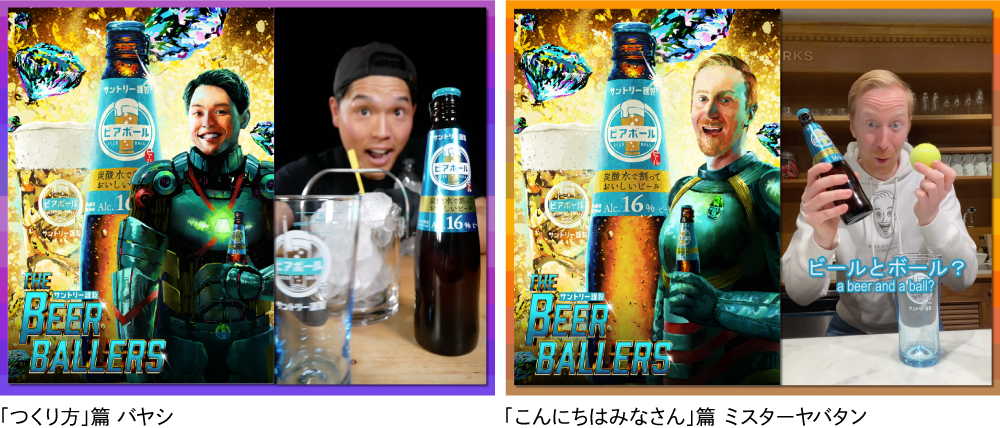
CX is about finding the optimal solution and the shortest path among infinite choices.
Monthly CX: From a CX perspective, what insights did you gain from this campaign?
Takiguchi: Beyond mass-reach communication like TV ads, this promotion targeted the MZ generation—a demographic with strong characteristics and individuality—and functioned largely as envisioned. From a CX perspective, this was a meaningful case study.
While the vertical launch strategy proved effective at launch, making Beer Balls a widely recognized product across generations, awareness of "Beer Ballers" varies significantly by generation. TikTok users, predominantly Gen Z, almost universally knew "Beer Ballers" regardless of usage frequency, often commenting things like "That's such a luxurious commercial" or "I saw it so much I ended up buying it." Conversely, it was striking that when we showed the commercial to people who never use TikTok, many said they didn't recognize any of the members.
Monthly CX: Beer Balls also runs TV commercials, but for digital initiatives, besides TikTok, they're active on YouTube and Instagram too. I thought this kind of multi-platform design could be considered a CX creative approach.
Takiguchi: Lately, we're increasingly getting requests and consultations from clients that aren't just about developing expressions within a fixed framework. Instead, they present open-ended challenges like, "Creating this kind of situation is the goal, and the methods to achieve it don't matter." If the objective can be met, the media or platform is open. It could be digital, mass media, or something else entirely. With infinite means available, we must find the optimal solution and the shortest path to the goal.
While it feels like we have more freedom, starting from a place where the path is completely invisible is quite challenging (laughs). However, I believe one approach to CX creative is to design and handle communication from a more neutral perspective, tailored to the specific challenges and conditions faced by the client and their product.
Monthly CX: How do you think CX-oriented communication and creative approaches will evolve going forward?
Takiguchi: I expect the trend toward more neutral briefs will accelerate, leading to even greater diversification in communication and creative approaches. For requests without tightly defined frameworks, we'll be allowed—and conversely, required—to establish our own guiding principles as planners. This fundamental design will encompass that very flexibility. I believe we should invest time in designing the right goal for the challenge, even if it's initially vague. Once the goal is found, the optimal output to achieve it should be discoverable.
However, the diversification of methods also means we must possess a correspondingly larger repertoire. Without broad and varied expertise, we may not survive.
Monthly CX: So it means we won't be able to face challenges without having many tools and cards in our hand. Thank you for your valuable insights today.
(Editor's Note)
In Monthly CX Issue 15, we introduced the case study of Suntory's new product "Beer Ball" campaign, "Beer Ballers."
A major discovery was that whether "TikTok sales" succeed depends not only on the method but also on the product's inherent potential. Moreover, this case succeeded in enhancing the overall quality by going a step further than typical influencer marketing and developing a detailed plan. I felt that the essence of CX creative is to design methods to achieve objectives neutrally, maximizing the characteristics of both the product and the media.
This interview was conducted in collaboration with 'CX Creative Studio note' ( click here for details on CX Creative Studio note ). We are also working with Dentsu Digital Inc.'s CX Creative team, not just the Dentsu CXCC team, to collect and introduce a broader range of case studies. If you're interested, please check that out as well.
If you have requests for future case studies or themes you'd like us to cover, please send a message to the Monthly CX Editorial Department via the contact page below. Thank you for your continued readership.







